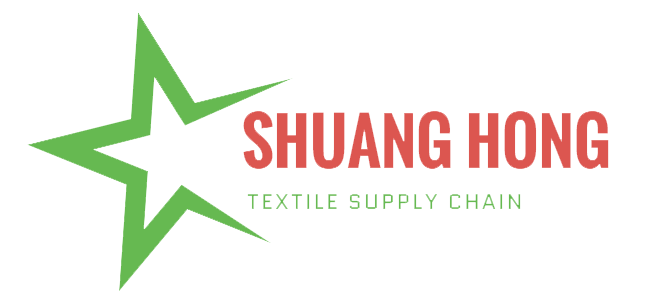
New Materials And Technological Innovations In The Textile Industry In 2025 - China Yarns Manufacturer And Supplier
With every passing day, science and technology grow at a rapid pace. New materials and technological innovations were discovered in the textile industry in the year 2025. These innovations have aided not only the production efficiency of the industry but also the quality of products. Here are some trends in key areas:

Innovation in the textile industry in 2025 will lay the foundation for new fashion.
The use of high-performance comparative fiber application has extended into the special purpose fields. The upper curve dry-jet wet spinning process and wet spinning process technology of carbon fibers have undergone systematic modifications, resulting in higher carbon production efficiency, and an increased variety of advanced product types. For instance, T1000, M40, M40J, and M55J carbon fibers are now capable of being engineered, while 25K large-tow carbon fibers have been made available for industrial use.
Moreover, breakthroughs on the key technologies and equipment for engineering 1000 ton para-aramid fibers have been made. High strengths and high models of para-aramid products are now produced in this country. Additionally, rapid development has been achieved in polyimide fibers and other types of makes, meta-aramid, polyphenylene sulfide fibers, and continuous basalt fibers.
Bio-based Fibers
The production and use of bio-based fibers is one of the significant areas of focus for promoting eco-friendly practices within the textile sector. The lyocell fiber technology has achieved National level production, the Bio-polyamide fiber, utilizing the bio method pentamethylenediamine as a raw material, and a 10,000-ton production line have already crossed the technical hurdle. The lactic acid-lactide-polylactic acid technology of polylactic acid fiber has undergone a transformation making primary industrial chain formation now possible.
Anhui Huamao Group Co., Ltd. is in the process of establishing a polylactic acid fiber plant with a production capacity of 100,000 tons per year, expected to begin operations by 2025. Furthermore, the production processes of seaweed fiber and chitosan fiber have also passed the all-scale production phase, reaching 5,000 tons and 10,000 tons respectively. These products are employed in advanced dressings, in the first aids for war injuries, hemostatic membranes, medicative carriers, and such kinds of tissues and organs.
Intelligent Manufacturing
To make the production process more automated, digitized, and intelligent, advanced technologies like IT and artificial intelligence are integrated into the textile industry. Many primary instructions are smartly woven into digital factories equipped with intelligent logistic systems, which enable enterprises to operate with greater efficiency by achieving full traceability of production processes and intelligent management. Dynamic supply chains have the potential to increase permanent manageability of production processes while improving efficiency and eradicating costs.
The use of advanced spinning and knitting machines equipped with smart technology enables the training and modification of adjustments to yarn and fabric quality, thereby stabilizing the entire process. Furthermore, the achievement of advanced common key technologies such as artificial intelligence, industrial robotics, and the Internet of Things alongside Big Data can greatly boost the productivity of the textile industry.
Green Manufacturing
The deployment of green manufacturing technology is on the rise within the textile sector, more so with regards to energy and resource emissions reduction as well as conservation. At the same time, supercritical carbon dioxide fluid dyeing and reactive dye non-aqueous dyeing, two examples of non-aqueous dyeing technologies, are important in decreasing energy and water expenditure. Other enabling technologies that advance the quality and efficiency of printing include stable, reliable, and high-resolution piezoelectric nozzles and high-speed digital printing inkjet: round screen/flat screen + digital inkjet printing and high-speed digital inkjet printing.
In addition, chemical recycling of waste polyester and polyamide textiles, recycling of waste acrylic and spandex, and clean recycling and high-value utilization of waste cotton and other cellulose fiber textiles serves to enhance the sustainable development of the industry.
Functional Textiles
A crucial focus area of the industry is the creation and use of multifunctional textiles. For health protection, it is important to create flame-retardant fibers alongside long-lasting flame retardants that anti-melt drip and suppress smoke to comply with the fire protection needs. For cushioning and ease of maintenance, there is a need to develop a series of functional fibers and fabrics engineered to provide thermal and wet feeling comfort, such as moisture-wicking, quick-drying, cool to warm feeling, and heat-generating, to enhance the comfort of textile fabrics.
As for smart textiles, it refers to the self-powered, energy-storage textile fibers and products for wearable electronics, which receive signals from humans and the environment. There is also the integrated packaging molding technology and evaluation system of the smart textiles to enhance the selection of textiles in the industry.
Shuanghong Company: A Major Manufacturer of Polyester Spun Yarn and Sewing Thread
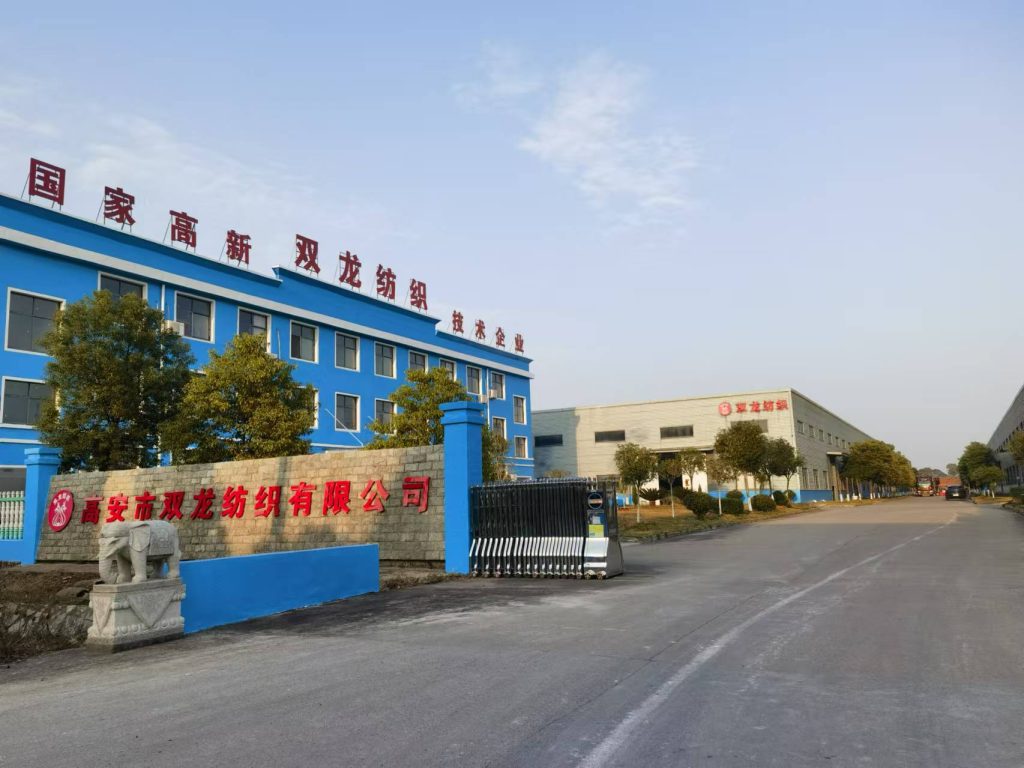
Shuanghong Company, founded in the year of 2003, is a leader in the textile business with a focus on polyester spun yarn and sewing thread. The company has three factories and is recognized for its attention to quality and cutting edge technology. Its major items are sewing thread and sewing yarn which includes a variety of models such as 10S/2 20S/2 30S/2 40S/2 50S/2 60S/2 80S/2 10S 20S 30S 40S 50S 60S 80S 10S/3 20S/3 30S/3 40S/3 50S/3 60S/3. These products are broadly applied in clothing and other home textiles because of their strength, durability, wrinkle resistance, and non-fade features.
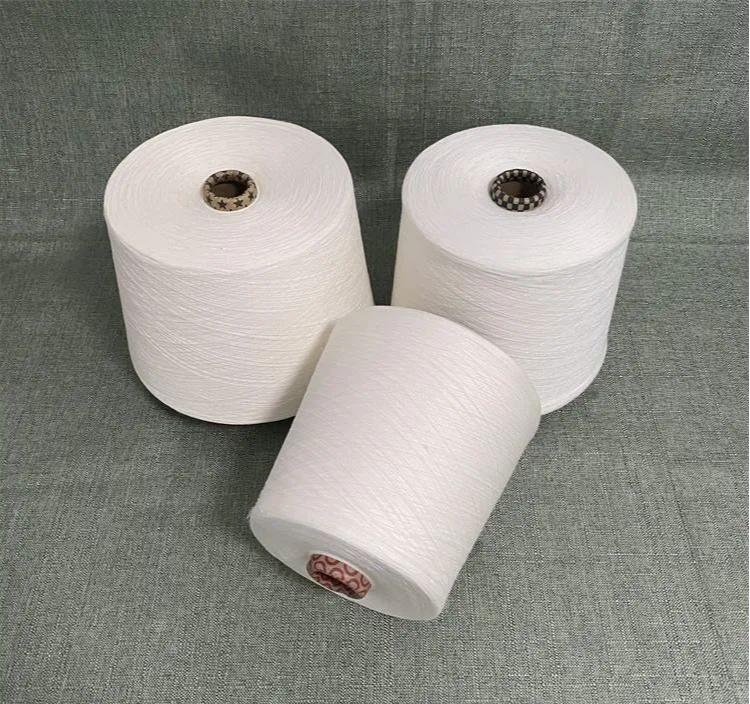
- Shuanghong has remained an innovative organization with advancement in technology and improvement in operaional efficiency with an aim to produce high quality products. As a result Shuanghong has polyester spun yarn which is cost effective and high quality based on its physical properties. On the other hand the Shuanghong’s sewing thread is strong and dependable, and these qualities allow it to be used for many types of sewing applications.
Case Study: How Shuanghong Has Helped Shape the Industry
China Shuanghong’s polyester spun yarn is manufactured using improved advanced spinning technology which increases the strength and uniformity of the yarn, allowing for lower breakage during weaving. As a result, downstream manufacturers are more efficient and productive. Shuanghong’s focus on innovation is the root cause of their strong market position and their target industry, as the company has invested heavily in research and development.
Since Shuanghong invests heavily in R&D, this means the R&D enables the company to sell innovative products. Shuanghong’s sewing threads have also been improved, and not only is it stronger than ordinary threads, but the color fastness is also remarkable. With those threads, sewing garments that are frequently washed and exposed to sunlight becomes easy. The company is reputed for consistency and quality, which is very important in the competitive textile market.
Future Outlook
The Expo Display and Conference will be held during the period from December 16 to 19, 2025, at the Shanghai New International Expo Center, where the 20th Shanghai International Textile Industry Exhibition (ShanghaiTex 2025) is to be held. This exhibition will consider five major innovation directions: “ecological fashion, technological fashion, intelligent production, personalized fashion, and the digital economy and e-commerce,” covering all aspects of exploring new business opportunities to increase and optimize the textile industry.
These changes are expected to facilitate and encourage development of new materials and increase technological innovations for a more intelligent, greener, and sustainable advancement of the textile industry, while enhancing the overall competitiveness and innovative capability of the industry.
Textile Industry Innovations and Shuanghong’s Role in 2025
Innovation is a core part of the textile industry, where new materials and technologies are constantly being devised. Changes in the industry are driven by smart textiles, bio-based fibers, green manufacturing, high-performance fibers, and intelligent manufacturing. Furthermore, companies such as Shuanghong are also greatly ensuring these transformations occur by maintaining silos of high quality and sustainable practices. In times to come however, the industry will be more focused on improving production processes that are less taxing on the environment. The 2025 Shanghai International Textile Industry Exhibition will serve as a major milestone where these innovations will be on full display, allowing the players in the industry to foster relationships and improve the textile production processes moving forward.
Feature Product
-
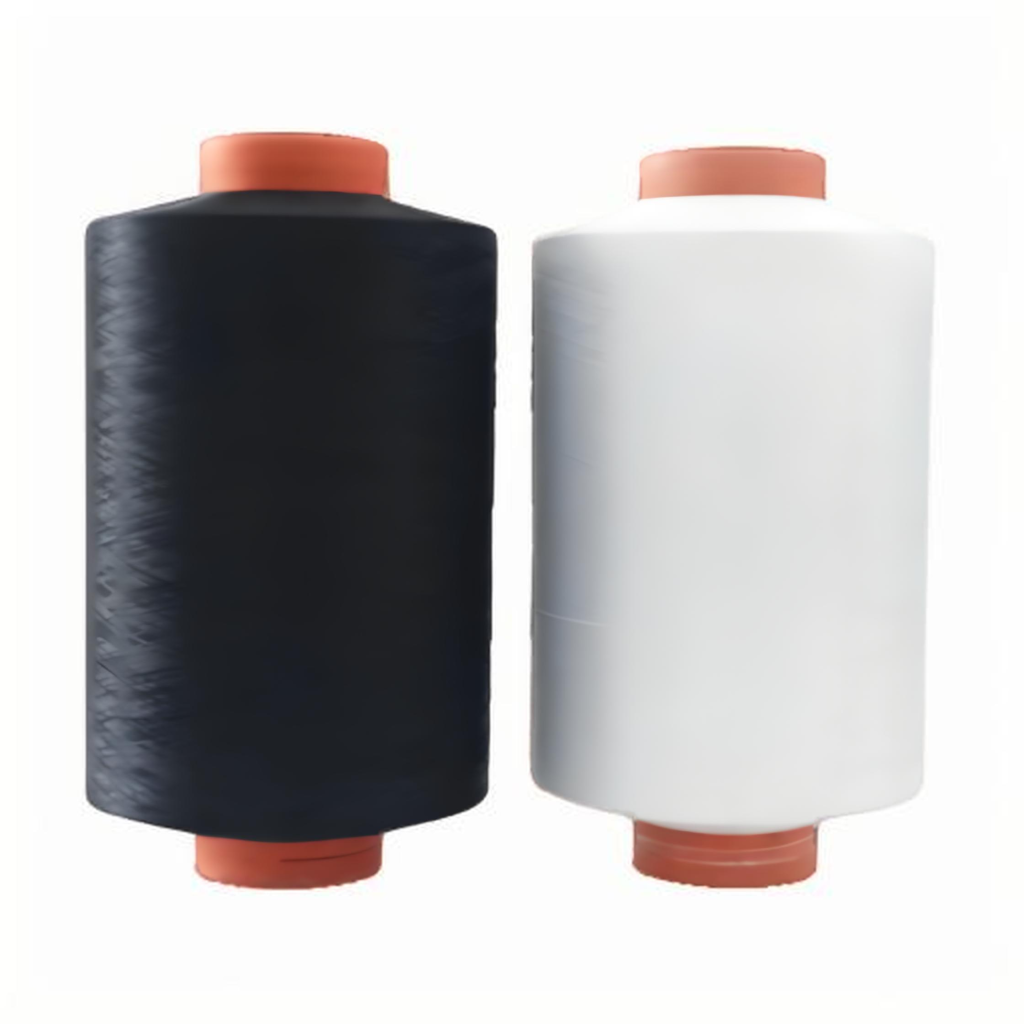 DTY 100D/144F Polyester Yarn
DTY 100D/144F Polyester YarnDTY 100D/144F Polyester Yarn: The Ultimate Guid...
-
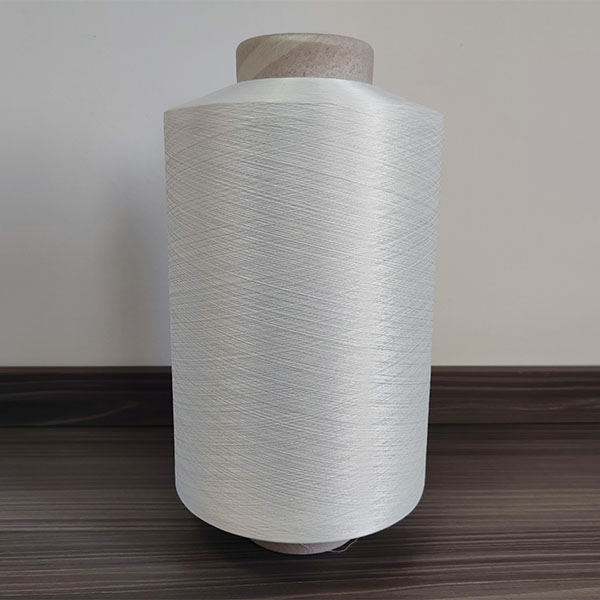 DTY 100D/96F Polyester Yarn
DTY 100D/96F Polyester YarnDTY 100D/96F Polyester Yarn: The Soft, Stable S...
-
 DTY 75D/144F SIM Polyester Yarn
DTY 75D/144F SIM Polyester YarnDTY 75D/144F SIM Polyester Yarn: A Top Choice f...
